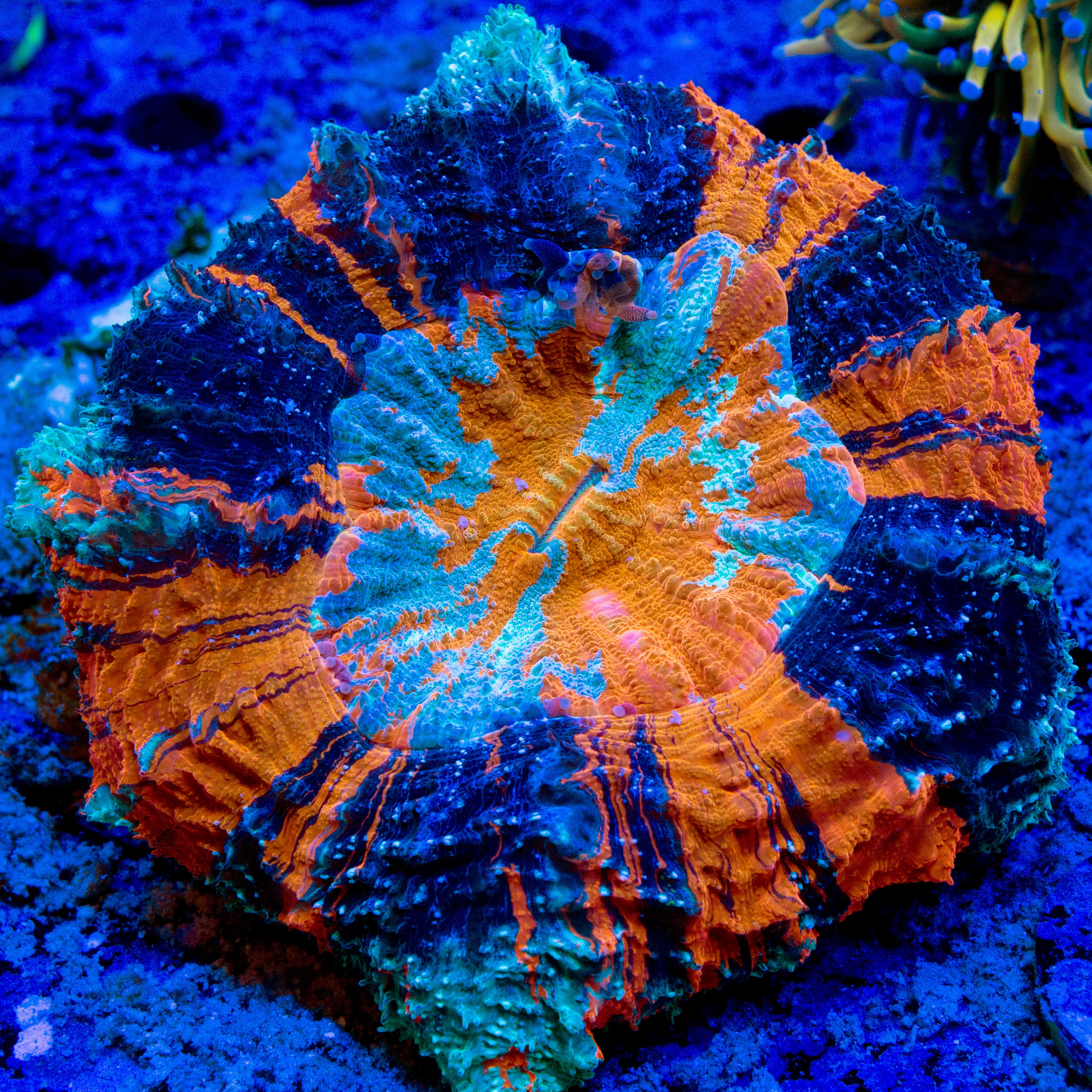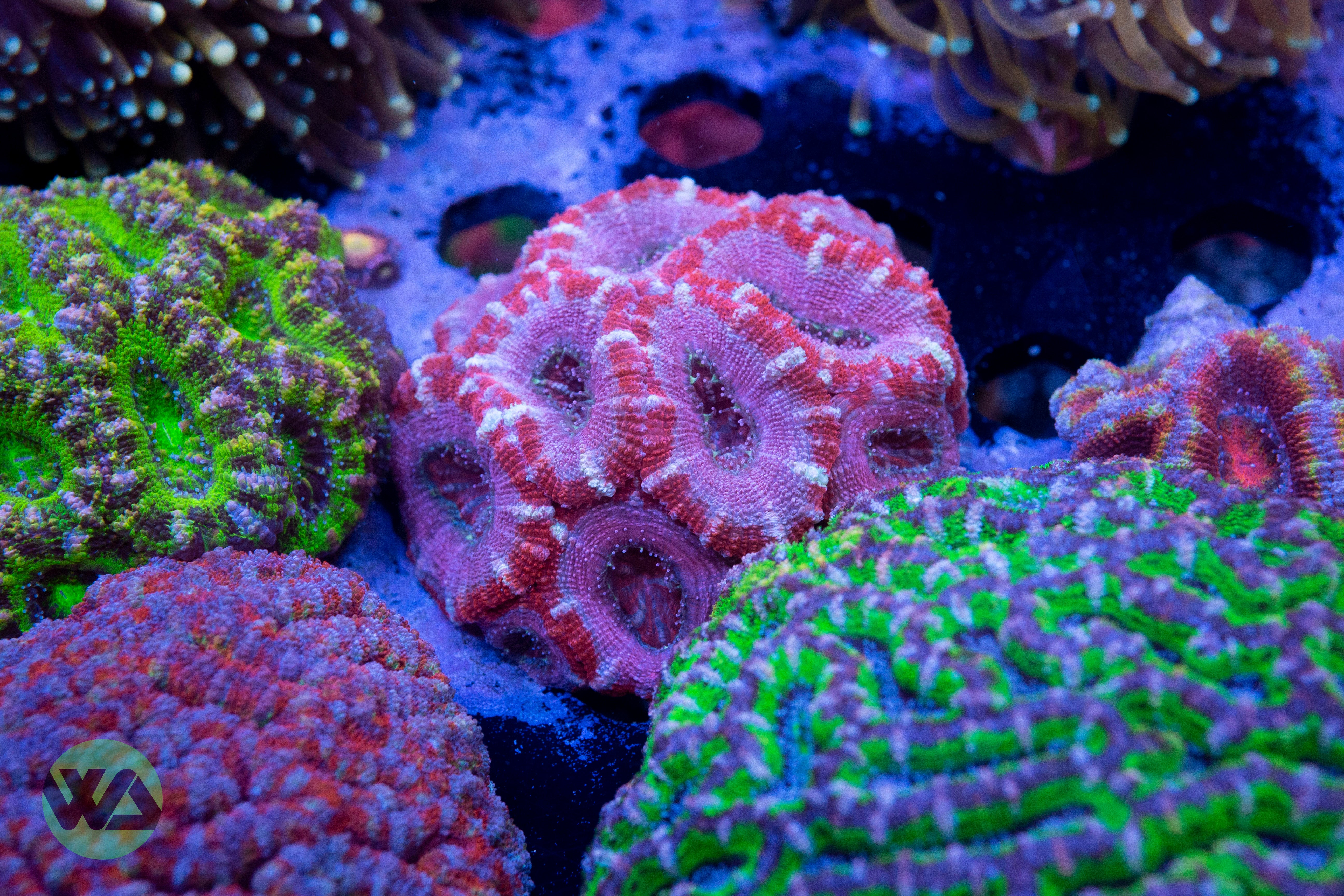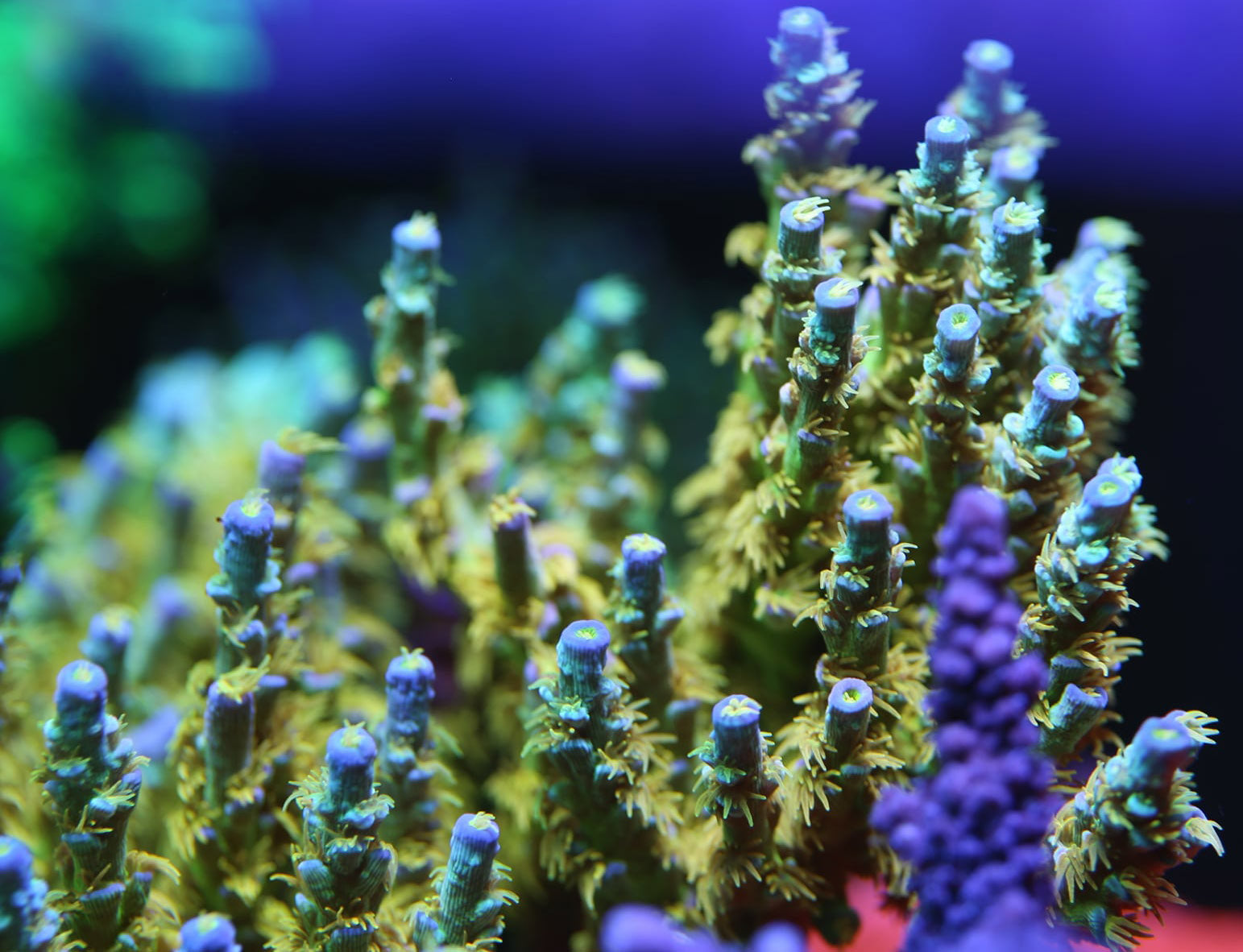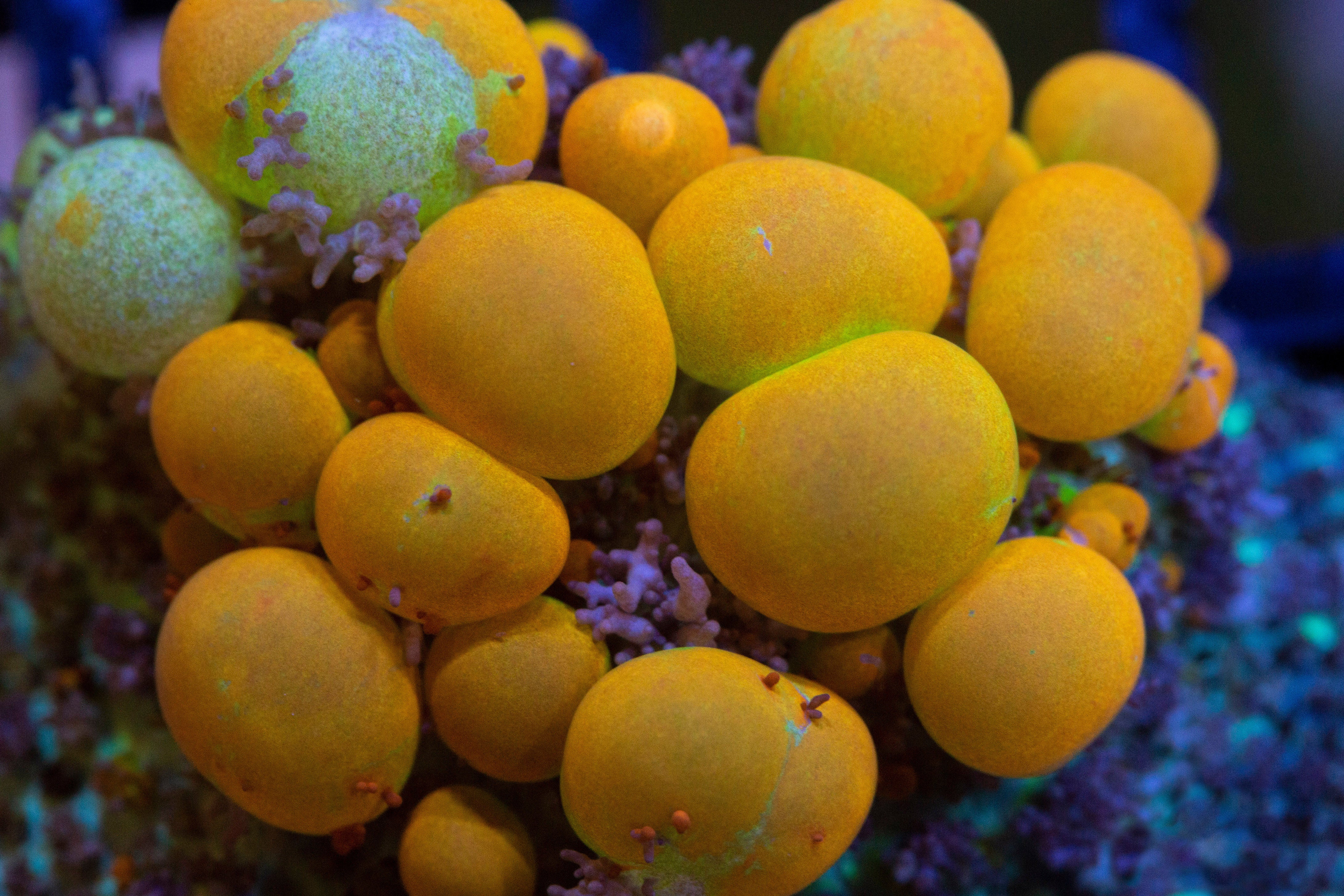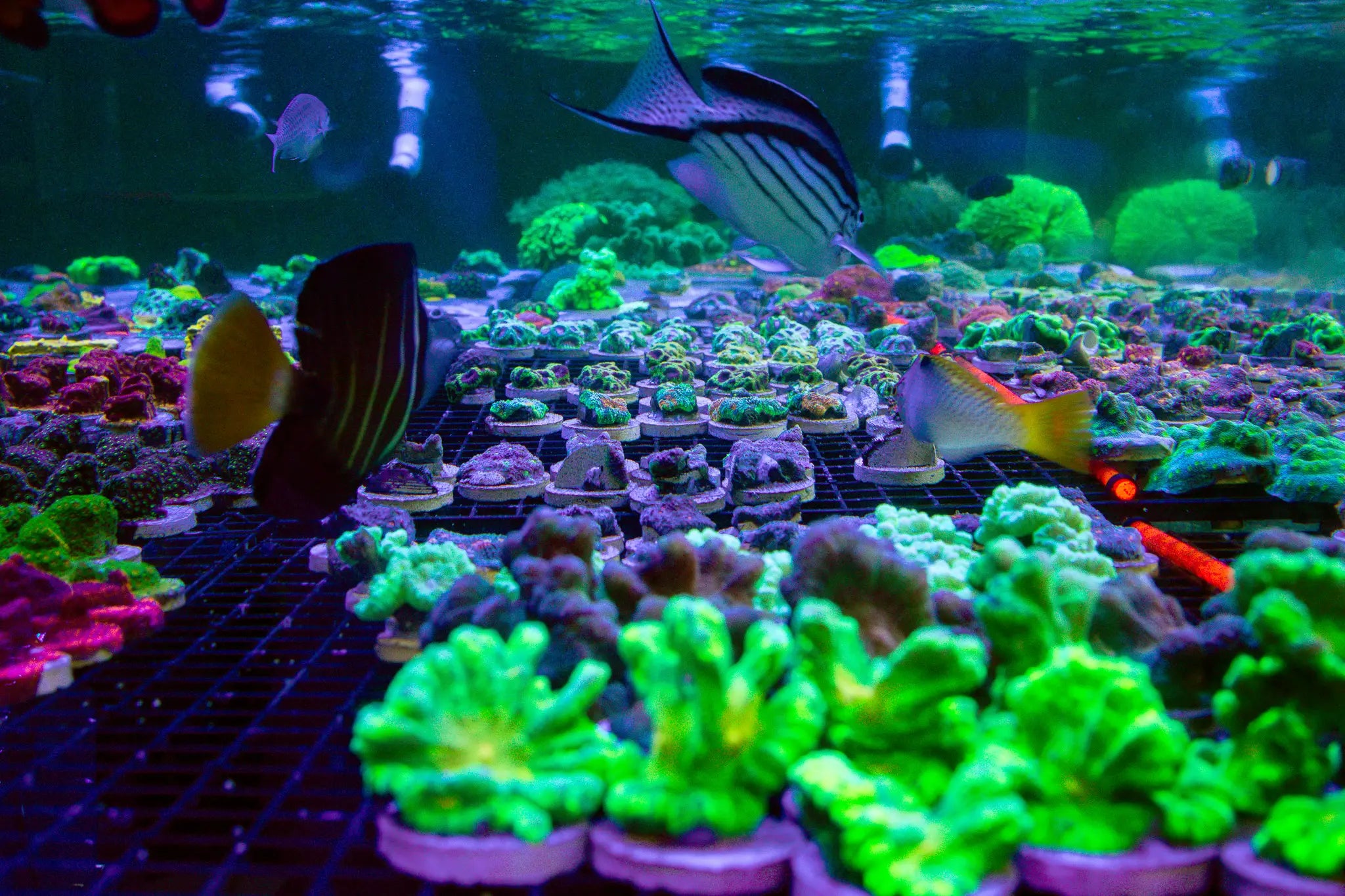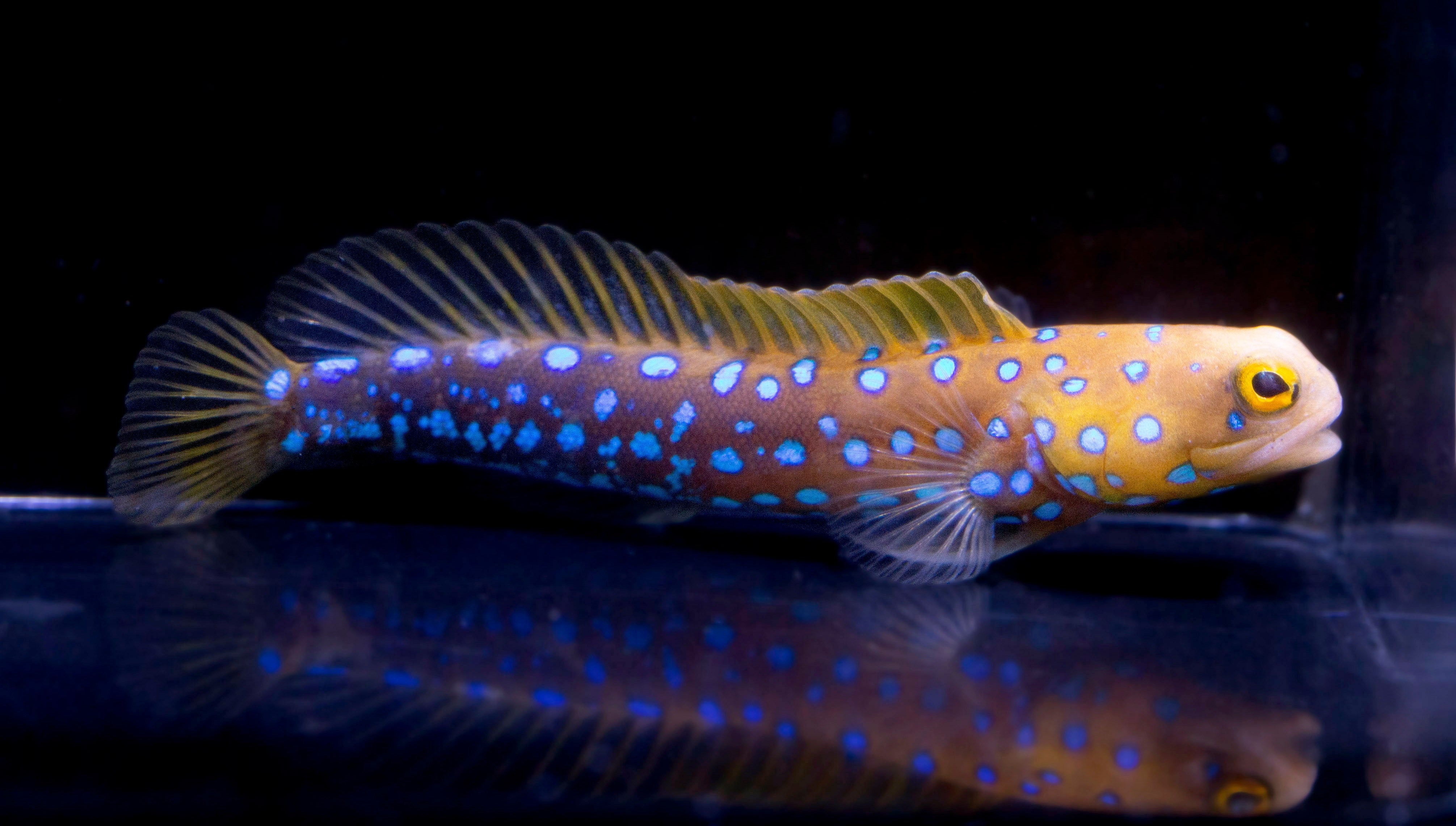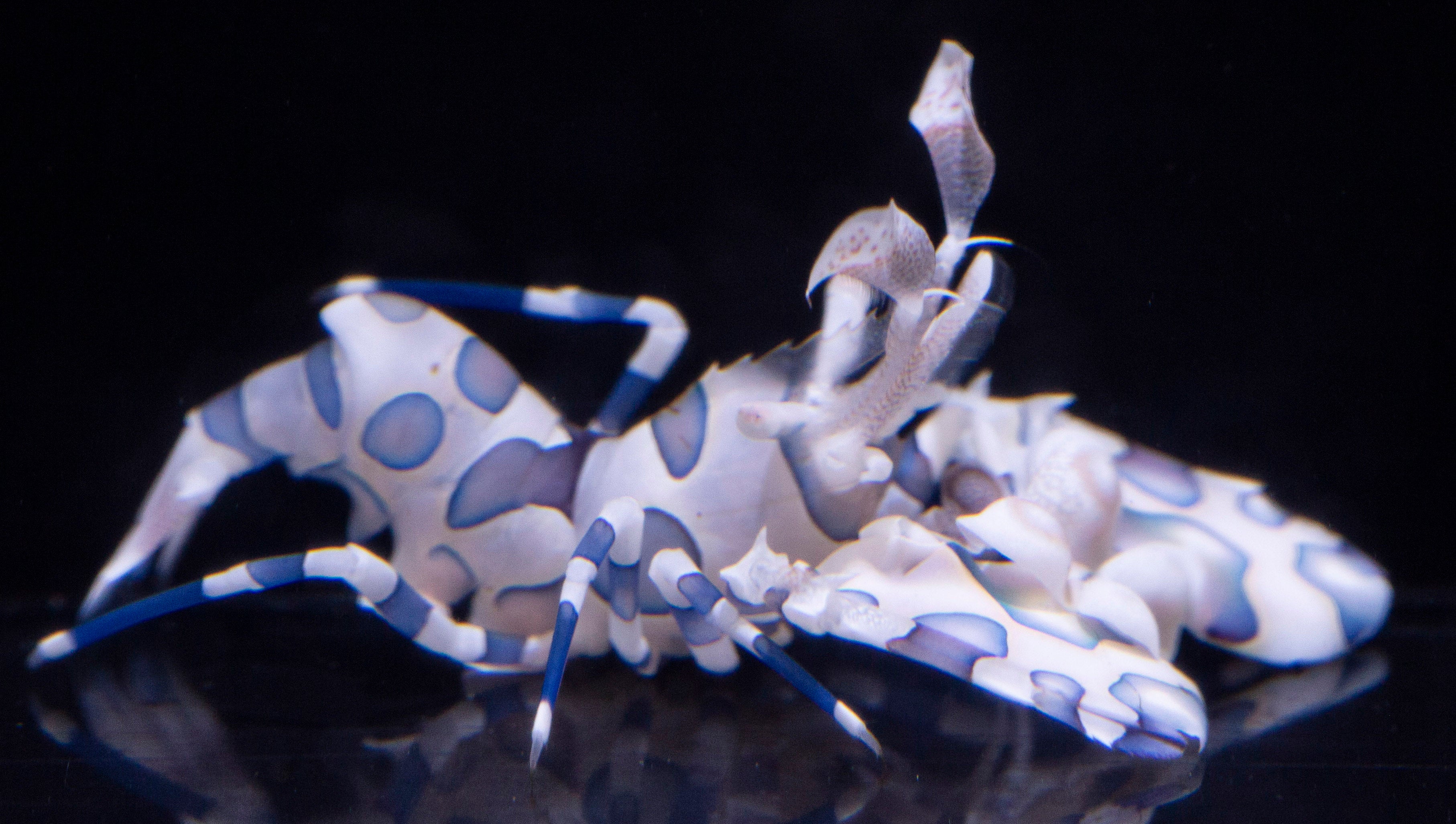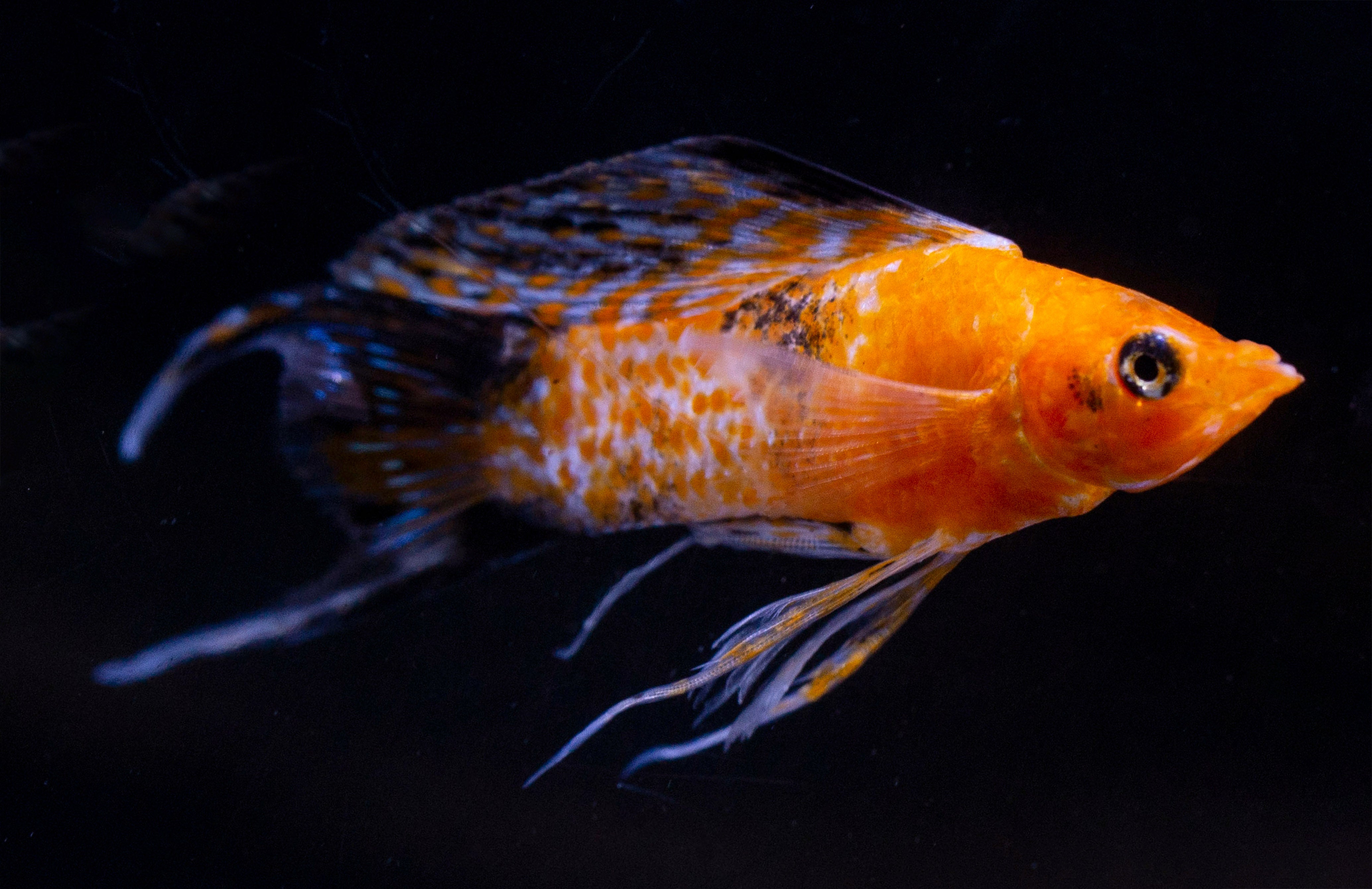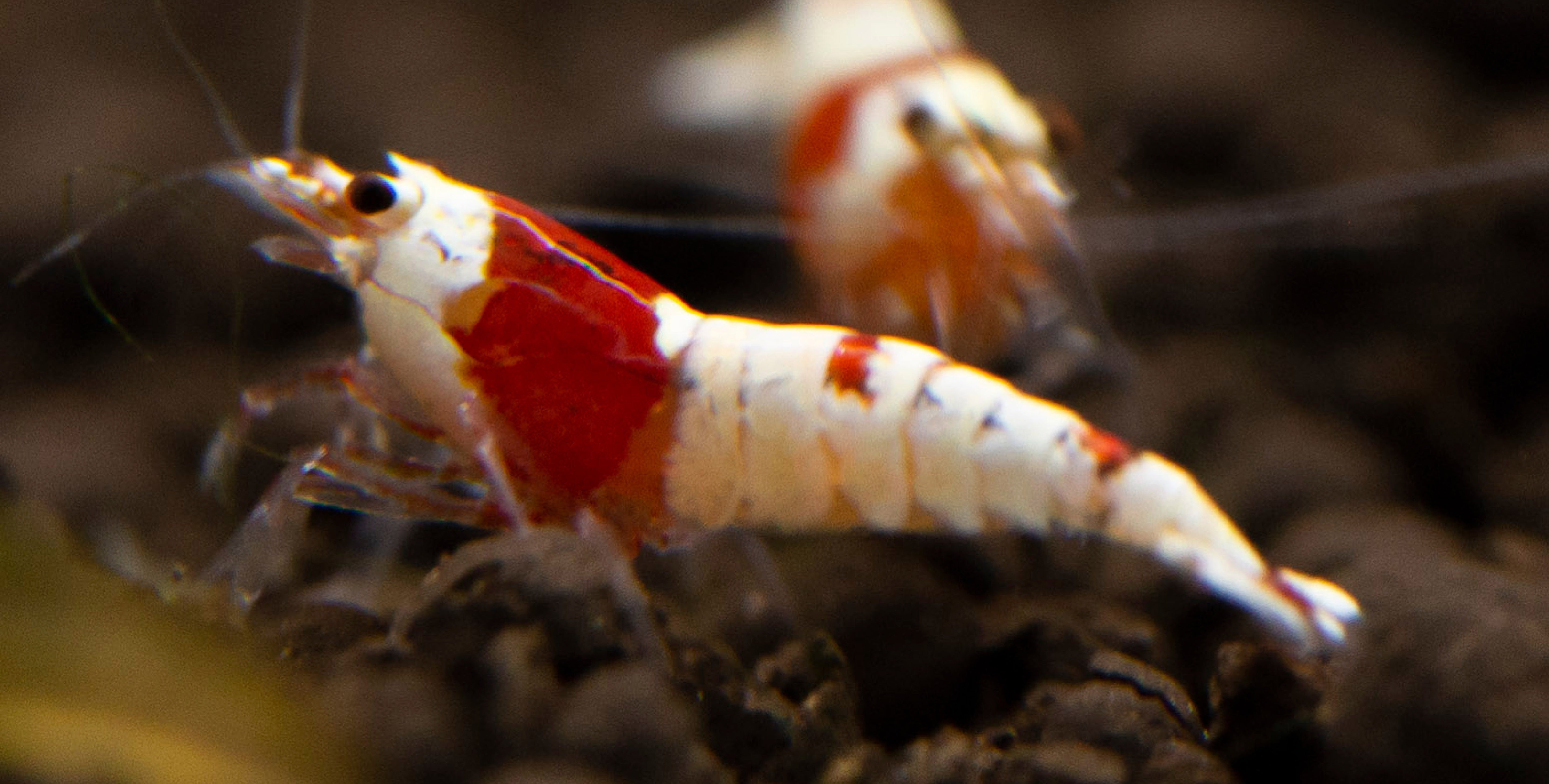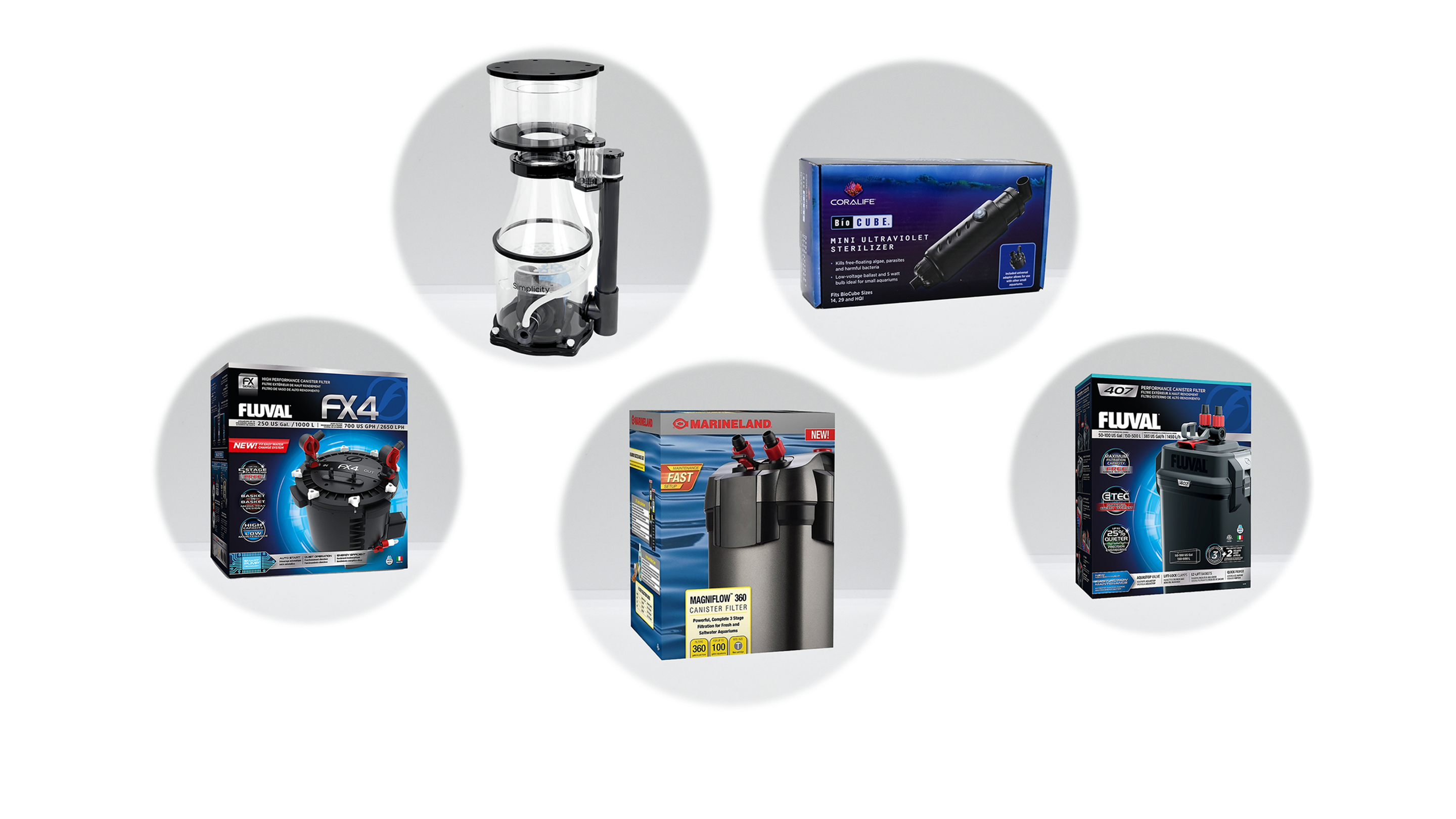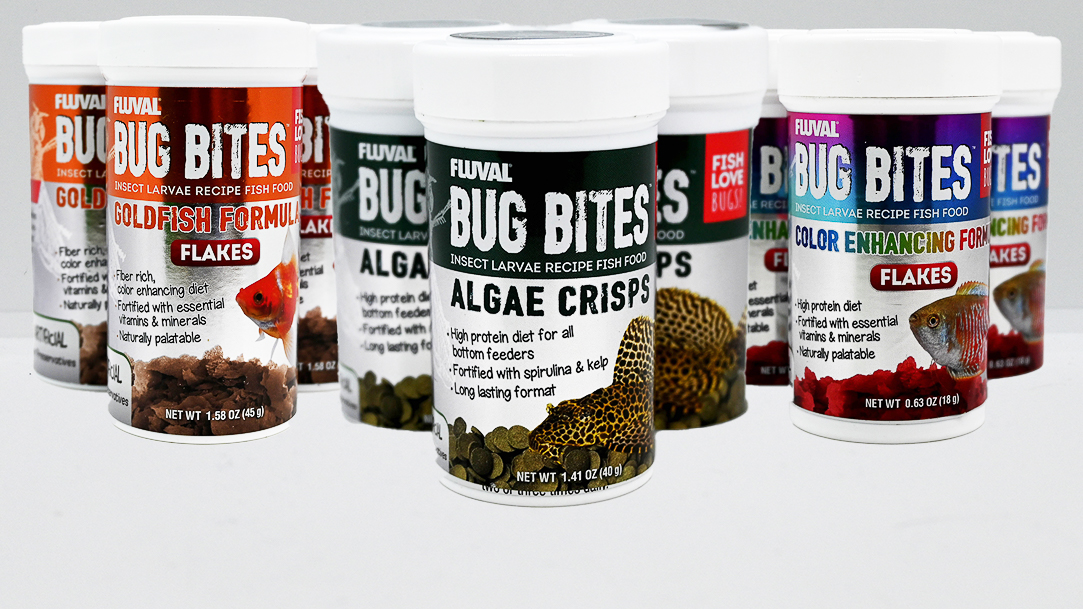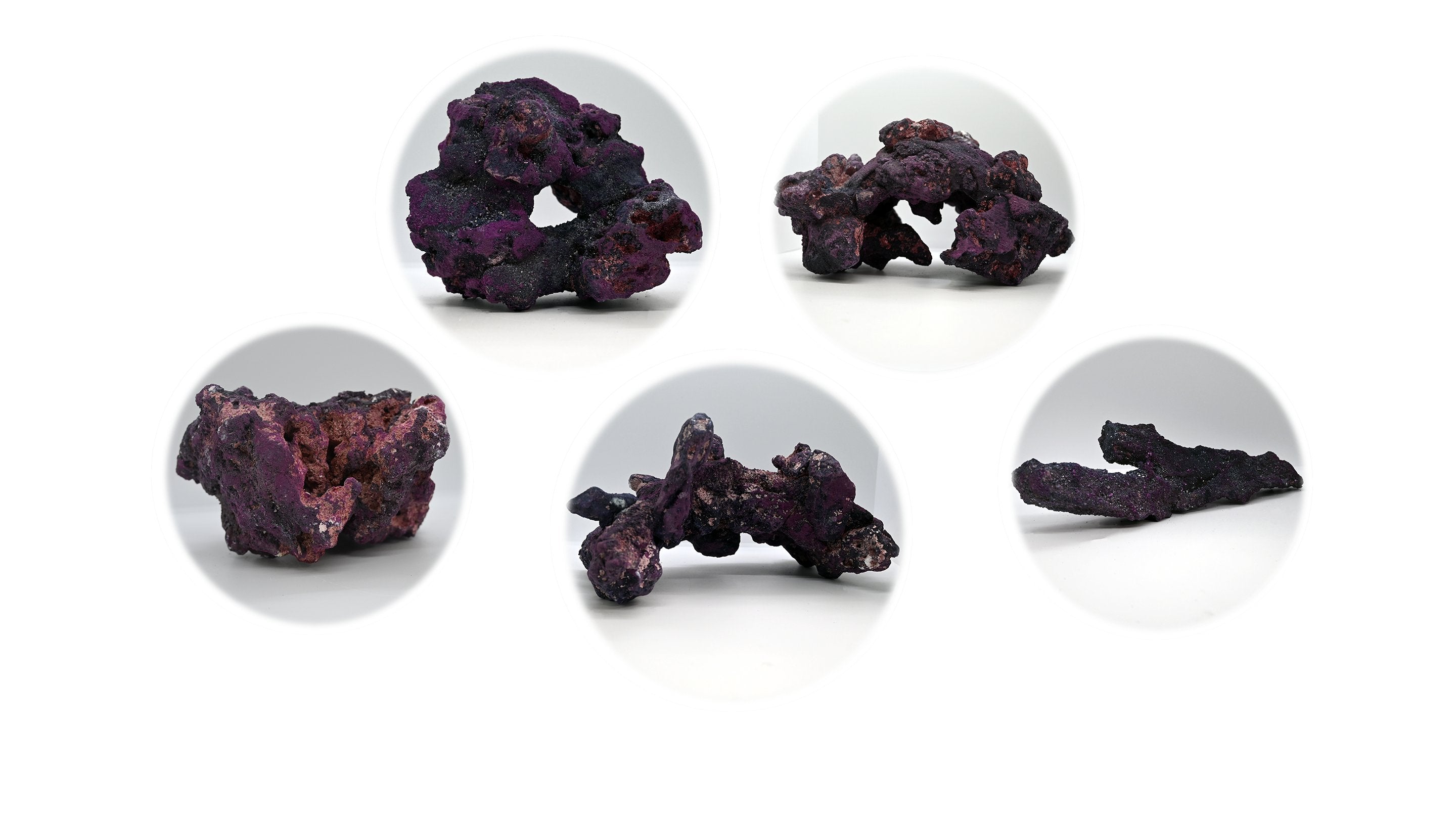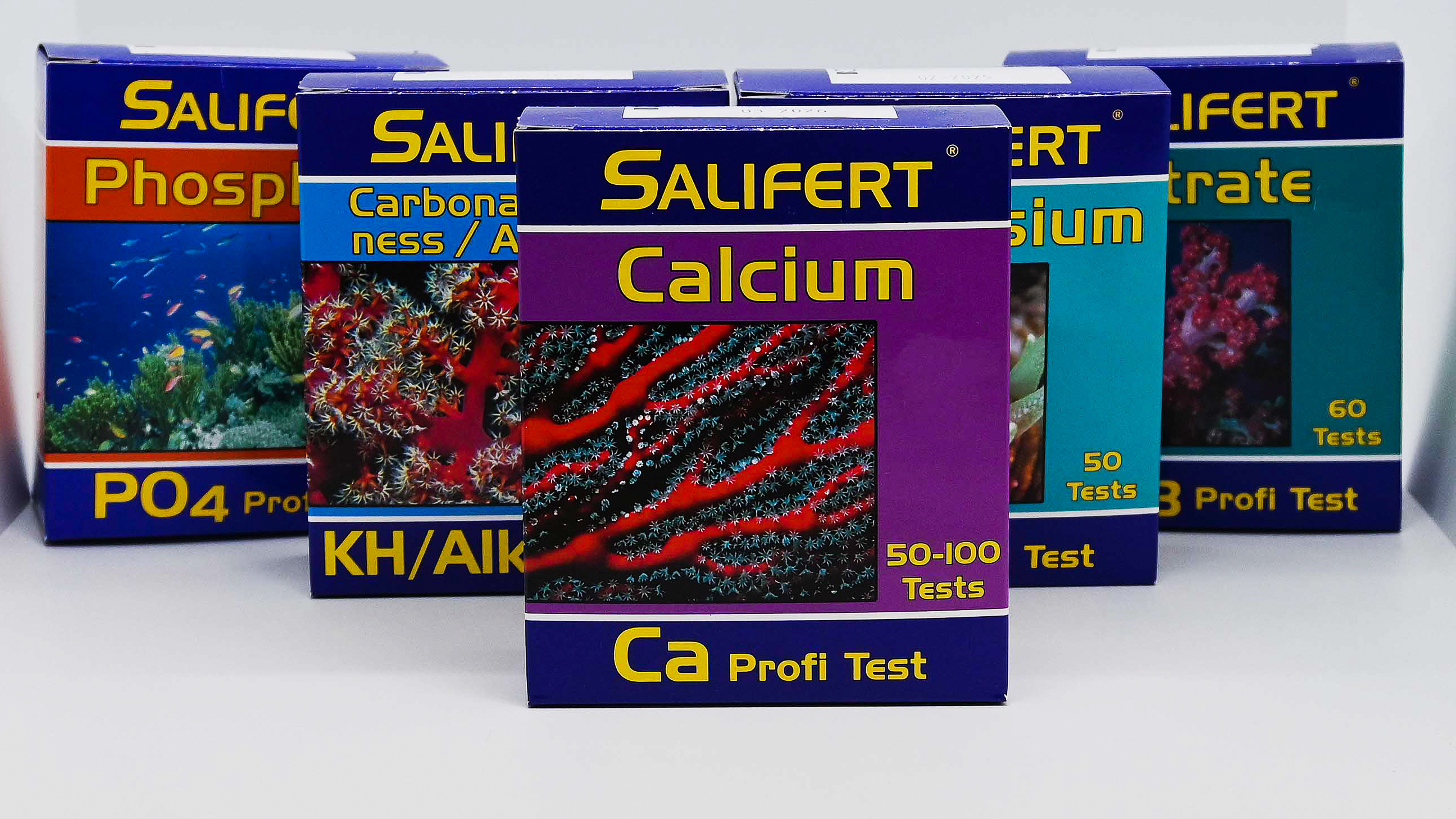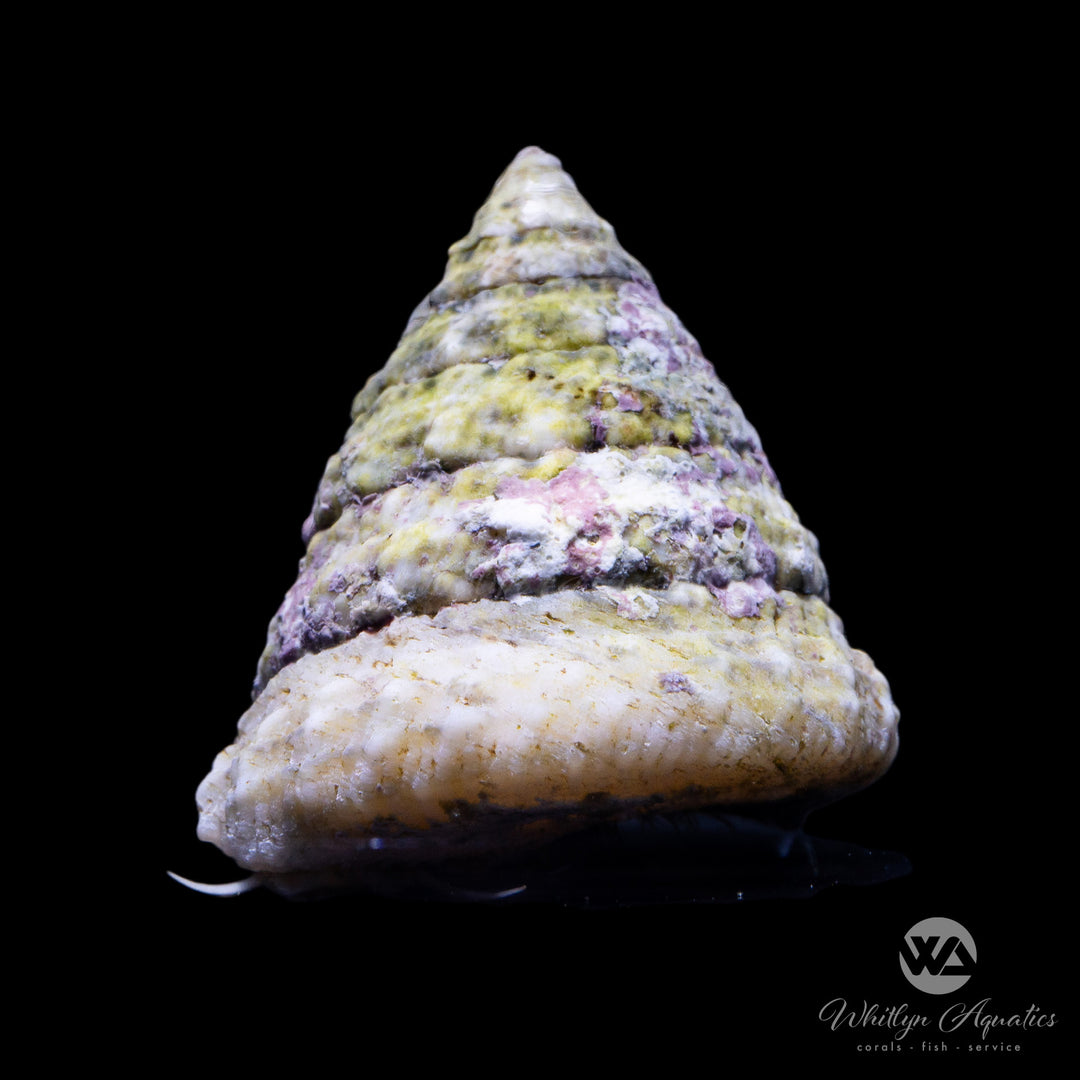
Pyramid Tectus Snail - Tectus pyramis
- In stock, ready to ship
- Backordered, shipping soon
Pyramid Tectus Snail (Tectus pyramis)
The Pyramid Tectus Snail, also known as the turban, top, or tectus snail, is a small but efficient algae-eating marine snail, often confused with the popular trochus and astraea snails, though it can be differentiated by its much taller shell. Known for its pyramid-like, conical shell, this peaceful and hardy species is a popular choice among aquarists for its ability to help maintain a clean tank by controlling algae growth. Unlike many snails commonly kept in reef aquariums, tectus snails are able to reproduce in captivity.
Description:
• Common Name: Pyramid Tectus Snail
• Scientific Name: Tectus pyramis
• Family: Tegulidae
• Size: Up to 1.5 inches (4 cm)
• Color: The shell is usually white or light-colored with a distinct pyramidal shape, giving it a unique appearance in any reef setup.
Native Region:
The Pyramid Tectus Snail is native to the Indo-Pacific region, particularly around coral reefs in shallow waters.
Aquarium Setup:
• Tank Size: Suitable for nano to large reef tanks
• Water Parameters:
• Temperature: 72-78°F (22-26°C)
• pH: 8.1-8.4
• Salinity: 1.023-1.025 specific gravity
• Substrate: These snails do well on sandy or rocky substrates, and they spend much of their time grazing on the live rock and glass.
• Diet: Herbivorous; primarily consumes algae, especially film algae, diatoms, and other growths on tank surfaces.
Care Level:
• Difficulty: Easy
• Temperament: Completely peaceful and reef-safe, the Pyramid Tectus Snail will not bother corals, fish, or other invertebrates, making it an ideal addition to a cleanup crew.
• Lifespan: Up to 2-5 years in well-maintained aquariums
Algae Control:
The Pyramid Tectus Snail is highly efficient at controlling algae growth in reef tanks. They help keep surfaces like glass, rocks, and substrate free from algae, contributing to a healthier tank environment. However, they should be supplemented with additional algae-based foods if natural algae levels are too low in the tank.


